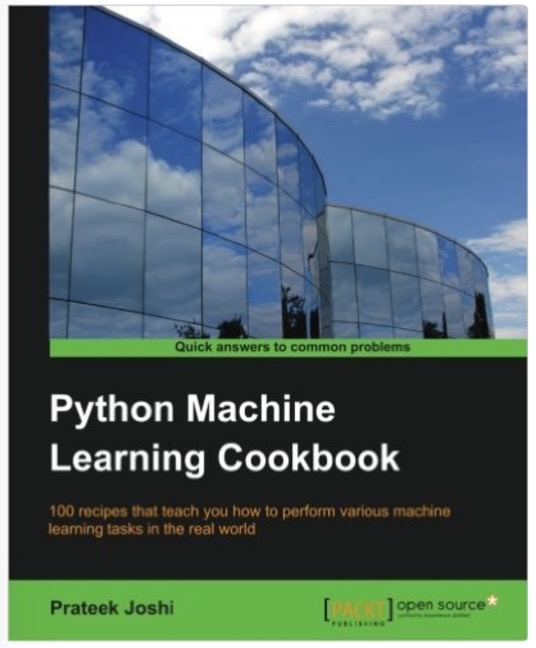Recent Posts
Python Programming Using Machine-Learning Algorithms To Create Real-World Applications
Posted by on
 Python is a widely used high-level programming language for general-purpose programming, created by Guido van Rossum and first released in 1991. An interpreted language, Python has a design philosophy which emphasizes code readability (notably using whitespace indentation to delimit code blocks rather than curly brackets or keywords), and a syntax which allows programmers to express concepts in fewer lines of code than might be used in languages such as C++ or Java. The language provides constructs intended to enable writing clear programs on both a small and large scale.
Python is a widely used high-level programming language for general-purpose programming, created by Guido van Rossum and first released in 1991. An interpreted language, Python has a design philosophy which emphasizes code readability (notably using whitespace indentation to delimit code blocks rather than curly brackets or keywords), and a syntax which allows programmers to express concepts in fewer lines of code than might be used in languages such as C++ or Java. The language provides constructs intended to enable writing clear programs on both a small and large scale.
Python features a dynamic type system and automatic memory management and supports multiple programming paradigms, including object-oriented, imperative, functional programming, and procedural styles. It has a large and comprehensive standard library.
Python interpreters are available for many operating systems, allowing Python code to run on a wide variety of systems. CPython, the reference implementation of Python, is open source software and has a community-based development model, as do nearly all of its variant implementations. CPython is managed by the non-profit Python Software Foundation.
About This Book
- Understand which algorithms to use in a given context with the help of this exciting recipe-based guide
- Learn about perceptrons and see how they are used to build neural networks
- Stuck while making sense of images, text, speech, and real estate? This guide will come to your rescue, showing you how to perform machine learning for each one of these using various techniques
Who This Book Is For
This book is for Python programmers who are looking for using machine-learning algorithms to create real-world applications. This book is specifically suitable for Python beginners, but familiarity with Python programming would certainly be useful when playing with the code.
What You Will Learn
- Explore classification algorithms and apply them to the income bracket estimation problem
- Use predictive modeling and apply it to real-world problems
- Understand how to perform market segmentation using unsupervised learning
- Explore data visualization techniques to interact with your data in diverse ways
- Find out how to build a recommendation engine
- Understand how to interact with text data and build models to analyze it
- Work with speech data and recognize spoken words using Hidden Markov Models
- Analyze stock market data using Conditional Random Fields
- Work with image data and build systems for image recognition and biometric face recognition
- Grasp how to use deep neural networks to build an optical character recognition system
In Detail
Machine learning is becoming increasingly common in this modern, data-driven world. It is widely used across multiple fields such as search engines, robotics, self-driving cars, and more.
With this book, the reader will learn how to perform various machine learning tasks in different environments. This starts by exploring a range of real-life scenarios where machine learning can be used, and looking at various building blocks. Throughout the book, a wide variety of machine learning algorithms are used to solve real-world problems and apply Python to implement these algorithms.
The reader will discover how to deal with various types of data and explore the differences between machine learning paradigms such as supervised and unsupervised learning. The book also covers a range of regression techniques, classification algorithms, predictive modeling, data visualization techniques, recommendation engines, and more with the help of real-world examples.
Style and approach
The reader will explore various real-life scenarios in this book where machine learning can be used, and learn about different building blocks of machine learning using independent recipes in the book.
 Loading... Please wait...
Loading... Please wait...
